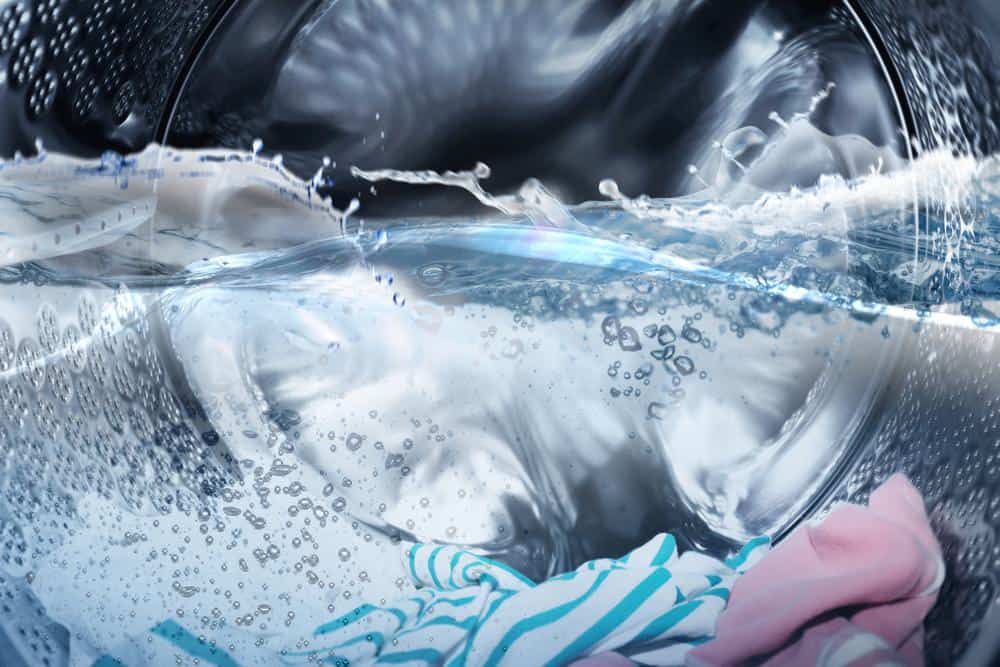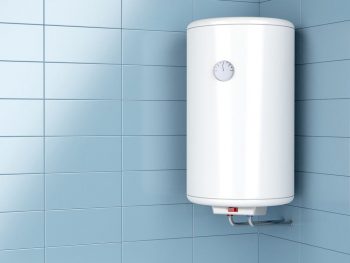
Washing machines have revolutionized the way we clean our clothes, making the process more efficient and less labor-intensive. But have you ever wondered how a washing machine actually cleans your clothes? Let’s delve into the details.
A washing machine cleans clothes by combining water, detergent, and mechanical action. It operates on the principle of centrifugation, where clothes are placed in a drum filled with water and soap, then spun at a high speed. This centrifugal force, along with the agitation from the machine’s movement, forces dirt and soap to leave the surface of the clothes, effectively cleaning them. The temperature, spin speed, and cycle type all play significant roles in the cleaning process.
The Basic Working Principle
A washing machine operates on the principle of centrifugation, a separation process that uses the action of centrifugal force to promote accelerated settling of particles in a solid-liquid mixture. In a washing machine, clothes are placed in a drum or tub, which is filled with water and soap. The machine then spins at a high speed, creating centrifugal force that forces dirt and soap to leave the surface of the clothes, thereby cleaning them.
In front-loading washing machines, the drum has a horizontal axis, and loading is done through a door on the front side of the machine. The back-and-forth rotation of the cylinder, along with gravity, provides agitation, lifting the laundry and then lowering it with the help of paddles on the inside wall of the drum. This agitation helps to remove dirt from the clothes more effectively.
Key Components and Their Roles
The main components of a washing machine and their roles in the cleaning process are as follows:
- Water pump: Powers the movement that causes the agitator, discs, or drum to rotate as the machine runs through a cycle.
- Drain pipe: Expels the dirty water from the washing machine.
- Water inlet valve: Controls the flow of water into the machine.
- Tub/Drum: Holds the clothes during the washing cycle and is perforated to allow water and detergent to circulate around the clothes.
- Agitator/Paddles: Moves the clothes around during the wash, allowing the detergent to work and remove dirt particles and soiling from the clothes.
- Motor: Works with the agitator to produce the rotator motion needed for washing and rinsing laundry.
- Circuit board (PCB): Contains the electronics that operate the machine, acting as the artificial intelligence for the washing machine and controlling various functions.
- Timer: Determines the duration of each cycle and controls the sequence of events in the washing process.
- Detergent: Molecules in the detergent’s surfactants are attracted to oils on one end and water on the other end, helping to draw dirt and grease out of the clothes and into the wash water.
The Role of Water and Detergent
A washing machine cleans clothes by using water and detergent. The process involves three main components: chemical energy, thermal energy, and mechanical energy. Chemical energy comes from the laundry detergent, which contains surfactants and enzymes that help break down and remove dirt, stains, and grease from the fabric. Thermal energy is provided by the water temperature, which helps dissolve the detergent and activate the enzymes. Mechanical energy comes from the washing machine’s agitation or tumbling action, which helps to loosen and remove dirt from the clothes.
Temperature, Spin Speed, and Cycle Type
The temperature, spin speed, and cycle type all play a significant role in the cleaning process. Hot water is more effective in removing dirt and stains, while cold water is more suitable for delicate fabrics and energy saving. The spin speed, measured in revolutions per minute (RPM), determines how dry the clothes will be at the end of the cycle. The cycle type (normal, heavy-duty, permanent press, delicates) is designed for different fabric types and cleaning needs.
Handling Delicate Fabrics and Heavy-Duty Items
A washing machine handles delicate fabrics and heavy-duty items differently by using specific wash cycles designed for each type of fabric. The delicate cycle uses cold water, low agitation, and a slow spin to provide gentle cleaning, while the heavy-duty cycle has a long wash time and high agitation for a more robust cleaning.
Best Temperatures for Different Types of Clothes
The best temperature for washing different types of clothes depends on the fabric and the level of dirtiness. Cotton, linen, and durable synthetics can be washed in hot water, but alternating between cold and hot washes and air drying or using low-heat drying is recommended to avoid shrinkage. Wool garments should be washed in cold water or on the wool setting, while synthetic fabrics should be washed in cold or warm water. Jeans should be washed in cold water for lightly-soiled pairs and warm water for more heavily-soiled ones. Delicate fabrics and dark colors should be washed in cold water to prevent damage and fading.
In conclusion, a washing machine cleans clothes by combining mechanical action, water, and detergent to break up and remove dirt and stains from the fabric. Understanding how your washing machine works can help you make the most of its capabilities and ensure your clothes are cleaned effectively and efficiently.
Frequently Asked Questions
What is the role of a washing machine’s motor?
The motor of a washing machine works in conjunction with the agitator. It produces the rotatory motion needed for washing and rinsing the laundry.
Can I wash all types of clothes in hot water?
No, not all types of clothes can be washed in hot water. While cotton, linen, and durable synthetics can tolerate hot water, delicate fabrics like silk and wool, as well as dark colors, should be washed in cold water to prevent damage and fading.
What is the function of the detergent in the washing process?
The detergent plays a crucial role in the washing process. It contains surfactants and enzymes that help break down and remove dirt, stains, and grease from the fabric. The molecules in the detergent’s surfactants are attracted to oils on one end and water on the other end, which helps to draw dirt and grease out of the clothes and into the wash water.
What is the purpose of the spin cycle in a washing machine?
The spin cycle in a washing machine removes excess water from the clothes, making them easier to dry. The spin speed, measured in revolutions per minute (RPM), determines how dry the clothes will be at the end of the cycle.
How does a washing machine handle delicate fabrics?
A washing machine handles delicate fabrics by using a specific wash cycle designed for these types of fabrics. The delicate cycle uses cold water, low agitation, and a slow spin to provide gentle cleaning.











